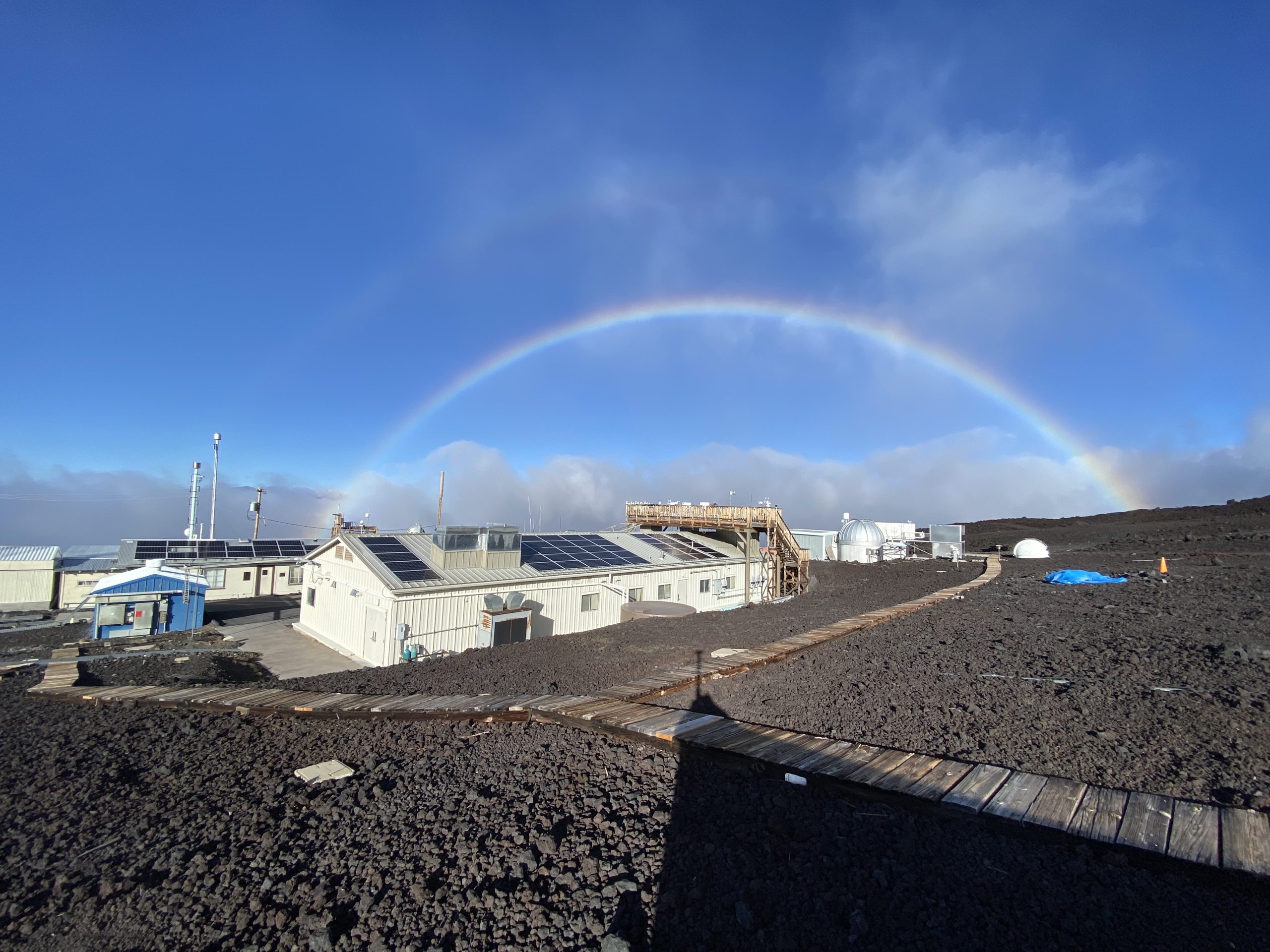New research by a team including current and former NOAA-affiliated scientists has shown that atmospheric concentrations of a class of ozone-depleting chemicals used as refrigerants, foam blowing agents and solvents peaked in 2021 and are now beginning to decline as nations comply with restrictions called for by the Montreal Protocol.
The research, led by a scientist at the University of Bristol in England and published in Nature Climate Change, focused on a class of industrial chemicals called hydrochlorofluorocarbons (HCFCs). HCFCs were created as first-generation alternatives to more-damaging chlorofluorocarbons, or CFCs, which were responsible for creating the springtime hole in the ozone layer above Antarctica. HCFCs also deplete ozone and trap heat in the atmosphere, but to a lesser degree than the CFCs they replace.
Lead author Luke Western, Marie Curie Research Fellow at Bristol University’s School of Chemistry, said the results underscore the value of establishing and following international agreements like the Montreal Protocol on Substances that Deplete the Ozone Layer.
“Without the Montreal Protocol, this success would not have been possible, so it’s a resounding endorsement of multilateral commitments to combat the impacts of human-induced climate change,” said Western, who initiated this work while he was a research fellow with NOAA’s Global Monitoring Laboratory.
Trend revealed by long-term global atmospheric monitoring
Using high-precision measurements of air samples provided by NOAA’s Global Greenhouse Gas Reference Network and the Advanced Global Atmospheric Gases Experiment obtained at their globally distributed atmospheric observatories, the researchers were able to determine that both the ozone-depleting impact and heat-trapping impact of HCFCs had peaked five years earlier than projections.
Agreed to in 1987, the Montreal Protocol is a multilateral environmental agreement that introduced controls on the production of ozone-depleting substances like CFCs. CFCs were once widely used in the manufacture of hundreds of products, including aerosol sprays, cooling devices, blowing agents for foams and packaging, and solvents.
Scientists expect adherence to controls agreed to by the parties to the Montreal Protocol will restore the stratospheric ozone layer by 2065, preventing 443 million cases of skin cancer, approximately 2.3 million skin cancer deaths, and more than 63 million cases of cataracts in the United States alone, with even greater benefits worldwide.
Restoring the ozone layer while slowing climate change
While the Montreal Protocol was introduced to safeguard stratospheric ozone, it has the collateral benefit of slowing climate change because many long-lived ODSs are powerful greenhouse gases.
HCFC concentrations in the atmosphere are small – measured in parts per trillion – and their contribution to warming peaked at about 1% of the warming from the sum of all long-lived greenhouse gases and 2.8% of the warming from CO2. Once HCFCs leak to the atmosphere, they are vastly more efficient than an equal amount of CO2 at trapping heat in Earth’s atmosphere that would otherwise escape into space. The warming from a release of the most commonly used HCFC over 100 years is nearly 2,000 times larger than from an equivalent amount of CO2.
In September 2007, the parties to the Montreal Protocol decided to accelerate their schedule to phase out production of HCFCs for use in applications that account for most of the releases to the atmosphere. Developed countries completely phased them out by 2020. Developing countries agreed to start their phase-out process in 2013 and with a complete phase-out of HCFCs targeted by 2030.
Study co-author Isaac Vimont, a GML research scientist who studies ozone depleting compounds and their replacements, said it was gratifying to see the continuing effectiveness of the Montreal Protocol and its amendments.
“This study underscores the critical need to maintain long-term, global monitoring of ozone depleting substances and greenhouse gases, so that we may continue to evaluate the progress we are making towards repairing the damage that has been done to our atmosphere and climate,” Vimont said.
For more information, contact Theo Stein, NOAA Communications: theo.stein@noaa.gov.


